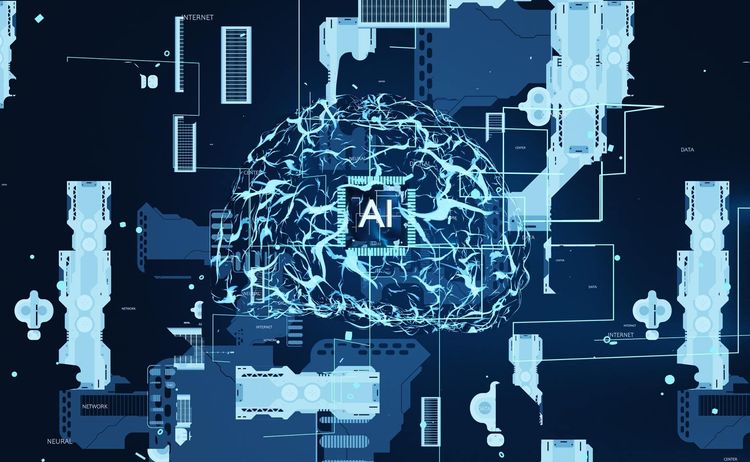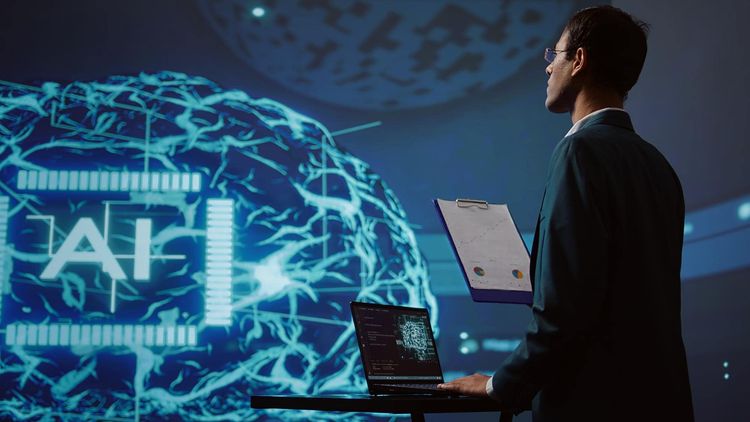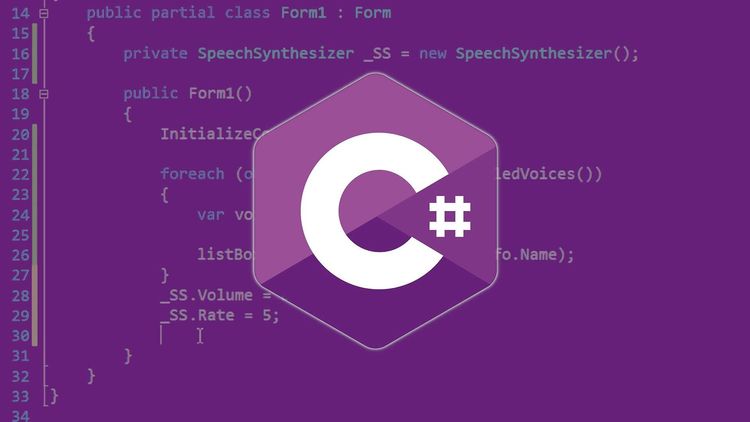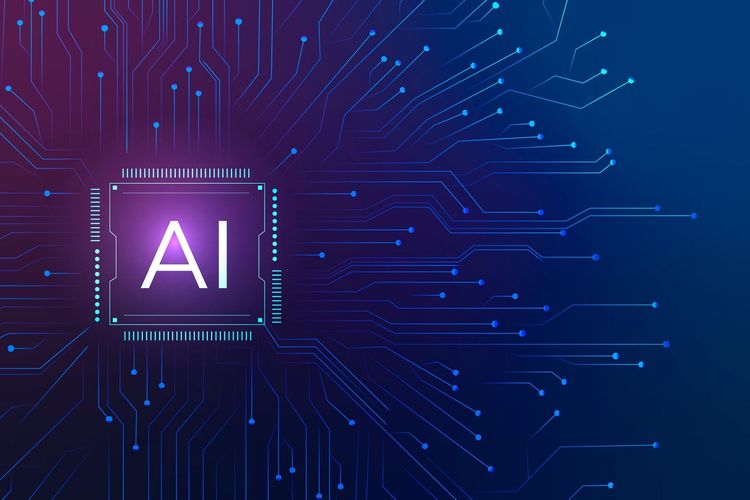In an environment where technology is constantly evolving, in a global context where hundreds of innovative projects are launched to the market every day, one of the most exciting and revolutionary advances in recent years has been the development and implementation of Artificial Intelligence (AI), accompanied by Machine Learning (ML) technology. Although Artificial Intelligence is not a new concept, these technologies have not only transformed the way we interact daily with everyday tasks, but they have also had a profound impact on the software development industry. We can say that in recent decades, Artificial Intelligence and Machine Learning have experienced a surprising renaissance, leaving science fiction behind. Artificial Intelligence has become a reality thanks to the increase in computing power and the availability of large data sets. If you are a technology lover, in this article we explore the crucial role that Artificial Intelligence and Machine Learning play in the creation of cutting-edge software and how they are changing the way we conceive and build applications and systems. # Understanding Artificial Intelligence and Machine Learning.
In today's world, where competition for leadership in business and technological innovation go hand in hand, Artificial Intelligence and Machine Learning have been implemented today at the heart of many products and services that we use in daily activities. Their applications range from search engines to virtual assistants and recommendation systems. As such, it is evident that Artificial Intelligence and Machine Learning have become an invaluable asset within the world of software development, especially when it comes to automating complex tasks and making intelligent decisions. However, what is Artificial Intelligence and Machine Learning really about? In a descriptive context, we can say that Artificial Intelligence refers to the ability of machines to perform tasks that require human intervention, that is, tasks that previously could only be performed through the use of intelligence. Currently, thanks to learning tools, Artificial Intelligence is capable of exercising reasoning, which allows it to solve problems and have a perception of the environment. This is how we can say that Artificial Intelligence can have various forms of application, from rule-based systems to artificial neural networks with machine learning algorithms. This is where we enter into what Machine Learning is all about, which we can describe as a branch of Artificial Intelligence that focuses on teaching computers to learn and improve automatically from experience. This means that, instead of explicitly programming a machine to perform a task, it is provided with a set of data so that it can learn patterns and make decisions based on that information. This new type of technology has led to significant advances in the area of natural language processing, with tools such as Open Ai's ChatGPT, computer vision, and above all personalized recommendation for e-commerce applications.
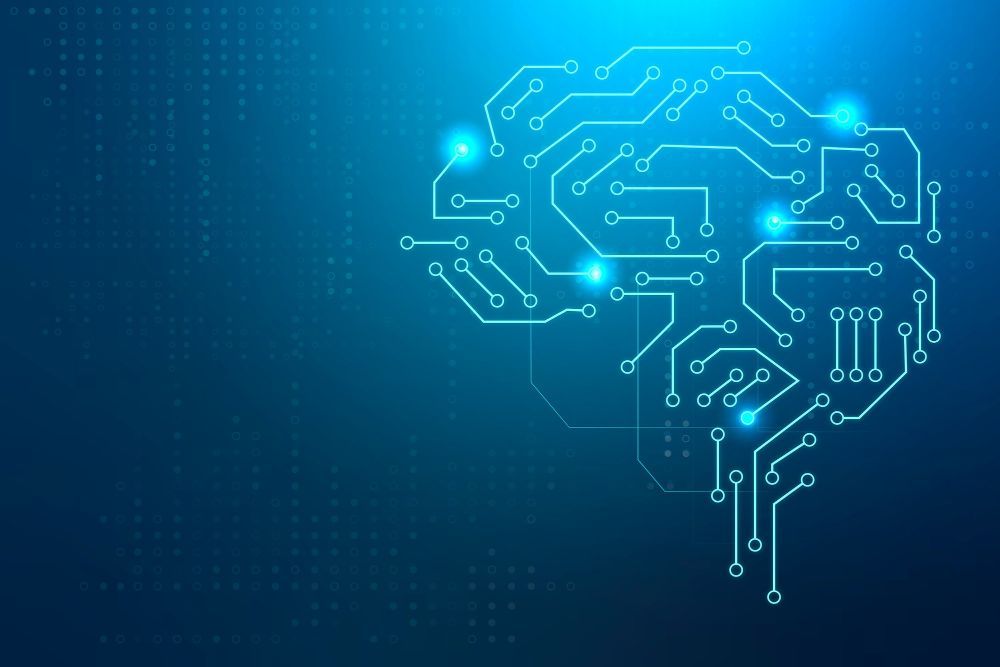
Artificial Intelligence and Machine Learning in software development
We can say that Artificial Intelligence and Machine Learning have emerged as two fundamental pillars that are redefining the way we conceive current technological advances, since they represent a genuine evolution in the way we approach challenges and opportunities, especially when it comes to software development. It is possible to take into account Artificial Intelligence and Machine Learning in the following everyday tasks: - Automated completion of routine tasks: The ability of AI and ML in software development to automate laborious and repetitive operations is one of the most obvious advantages. Because specialized artificial intelligence tools can now perform basic tasks such as debugging code and checking syntax errors, developers no longer need to spend time on these activities. Developers can now focus on more difficult and imaginative activities such as software design and strategic decision making.


- Resource management: AI and ML are also crucial for optimizing software development resources. These methods provide more efficient resource allocation, such as on-demand cloud server provisioning, reduced operating expenses, and improved application scalability. - Threat detection and security: Data security is an ongoing issue in today's society, and artificial intelligence and machine learning are crucial for identifying and thwarting cyber threats. To detect suspicious activities and defend systems and applications from malicious attacks, machine learning algorithms can analyze traffic and behavioral patterns. Software development must take into account security, and AI adds another line of defense. - Greater efficiency and effectiveness: Machine learning and artificial intelligence have been shown to be useful tools for increasing the efficiency and accuracy of software development. Development teams can make better decisions by using machine learning algorithms to evaluate massive data sets for patterns and trends. AI can also anticipate potential code issues before they arise, reducing time and expenses for post-launch bug fixes.
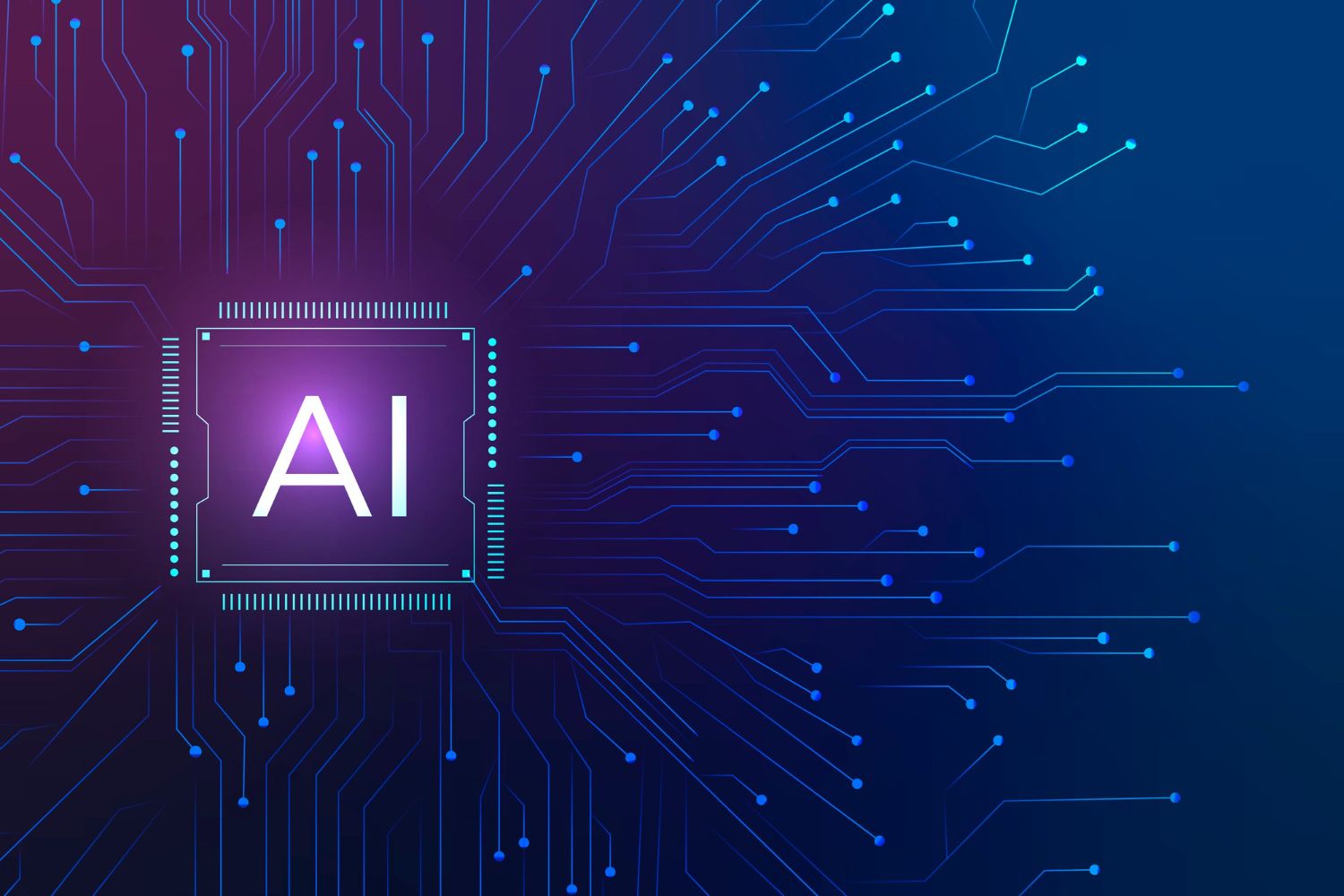
As AI and ML continue to advance, their impact on software development will continue to grow. Future innovations in this area are expected to include AI-assisted software development systems, more intuitive programming interfaces, and even more personalized and adaptive applications. Artificial Intelligence and Machine Learning are profoundly transforming the way we conceive, develop, and maintain software. From automating routine tasks to improving security and user experience, these technologies offer countless benefits for developers and end-users. As we move towards the future, it is essential to stay up-to-date on the latest trends and advancements in AI and ML to continue driving innovation in the world of software development.


